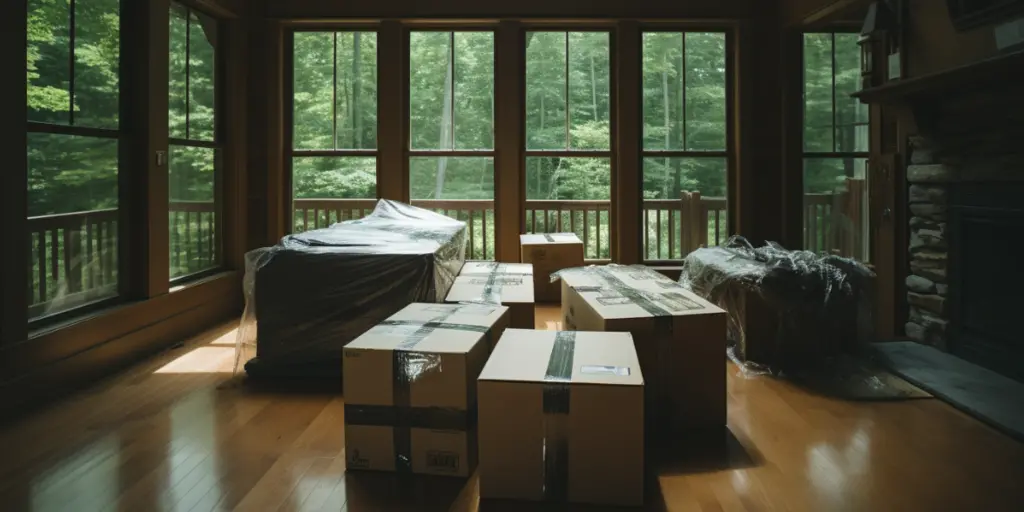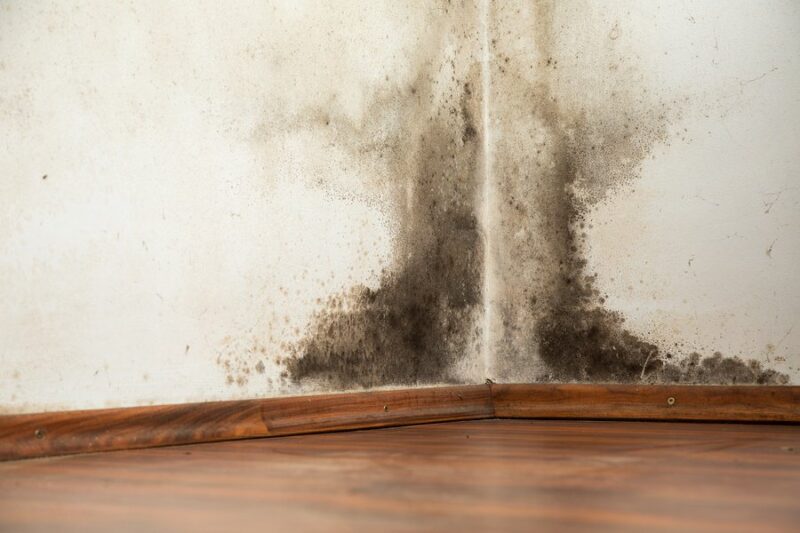When it comes to maintaining a healthy home, few issues are as insidious as black mold. Often lurking in dark, damp corners, this unwelcome intruder can pose serious health risks and structural damage if left unchecked.
But how do you uncover its hidden presence? Enter the professional black mold inspection—a thorough assessment designed to uncover potential problems before they escalate. During this inspection, trained experts will delve into the depths of your property, meticulously examining surfaces and air quality to identify mold growth and its sources.
But what can you truly expect from this process? From the initial walkthrough to the final report, understanding each step can help demystify the experience and empower you to take proactive measures in safeguarding your space. Buckle up as we guide you through the ins and outs of a professional black mold inspection, shedding light on what lies beneath the surface.
Preparing Your Home for Inspection

Preparing your home for a professional black mold inspection is a crucial step that can significantly influence the outcome. Start by decluttering the areas where mold is suspected; removing any furniture or items will give inspectors clear access to potential problem zones.
Pay attention to damp areas—such as basements or bathrooms—where mold thrives. Ensure that spaces are well-lit, as inspectors will need to examine corners and hidden crevices closely.
Additionally, consider addressing any obvious moisture sources, like leaks or standing water, before the inspection. Not only does this help detectives locate hidden mold, but it also showcases your commitment to resolving the issue.
Finally, be prepared to answer questions about previous water damage, humidity levels, and any visible mold you’ve noticed, as this information aids in a thorough evaluation.
Technology and Testing Devices

During a professional black mold inspection, the technology and testing devices utilized play a pivotal role in accurately identifying mold types, their presence and assessing the extent of contamination. Inspectors often arrive equipped with high-resolution moisture meters that detect hidden moisture in walls and ceilings, a common breeding ground for mold spores.
Additionally, advanced infrared cameras can reveal temperature anomalies, indicating moisture-laden areas that may not yet be visible to the naked eye. Air sampling devices allow professionals to capture and analyze airborne mold spores, providing a clearer picture of the mold spores types and concentrations in the environment.
Some inspectors may even employ tape lifts or bulk sampling to collect physical samples from surfaces. Together, these tools create a multi-faceted approach to mold inspection, ensuring that no hidden threats are overlooked.
The integration of such sophisticated equipment not only enhances the precision of the inspection but also guides effective remediation strategies tailored to each unique situation.
Tips for Mold Prevention

To effectively prevent mold growth in your home, consider implementing a few proactive measures that can make all the difference. First and foremost, maintain optimal humidity levels; ideally, indoor humidity should hover around 30-50%.
This can be achieved through the use of dehumidifiers, especially in damp areas like basements and bathrooms. Regularly inspect and repair any leaks in your plumbing, roof, or even around windows, as water intrusion creates a perfect breeding ground for mold spores.
Ventilation is key; ensure that areas such as kitchens and bathrooms are equipped with exhaust fans that work efficiently to dissipate moisture. Moreover, avoid carpeting in rooms prone to moisture and instead opt for easily washable floor coverings.
Finally, frequently clean and declutter spaces where organic materials can accumulate, as these too can attract mold. By taking these simple yet effective steps, you can significantly reduce the risk of mold growth and maintain a healthier living environment.
Conclusion
In conclusion, undergoing a professional black mold inspection is an essential step for homeowners who suspect mold growth in their property. This comprehensive process not only identifies the presence of mold but also assesses the extent of the issue and determines the best course of action for remediation.
By engaging qualified experts, you can gain peace of mind knowing that the health and safety of your home and its occupants are prioritized. Furthermore, incorporating Black Mold Testing into the inspection can provide crucial data, guiding effective strategies to eliminate mold and prevent future outbreaks. Ultimately, addressing mold issues promptly and effectively will safeguard the integrity of your home and the well-being of its inhabitants.


